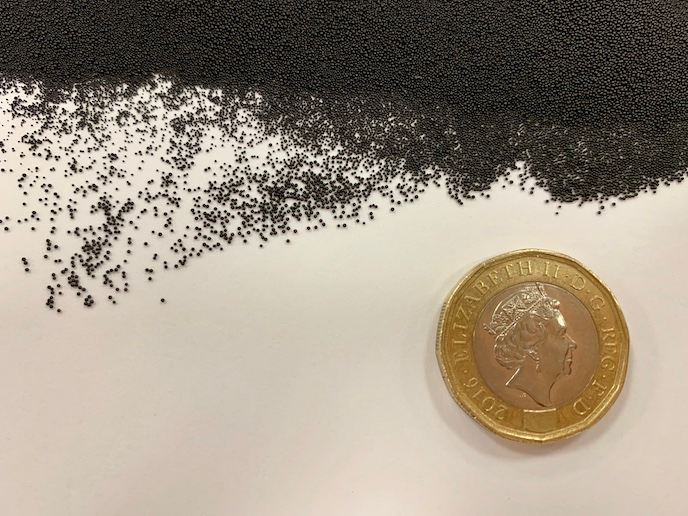Recreating biology in the dish
The cell membrane apart from maintaining the shape and rigidity of cells, constitutes the interface with the environment, thereby driving communication and cell survival. As a result, it is not surprising that it has been explored in drug development of antimicrobial compounds.Based on this, the goal of the EU-funded 'Dynamic Combinatorial Chemistry at Lipid Membranes' (DYNAMEM) project was to employ dynamic combinatorial chemistry as a tool for studying the behaviour of molecules within cell membranes. To achieve this, scientists generated synthetic vesicles that mimicked the structure and chemical properties of the lipid cell membrane.Given that some of the exchange reactions take days to complete, scientists used a custom-made formulation which led to vesicles that were stable for months. These vesicles contain cholesterol and positively charged compounds which prohibit vesicle aggregation and precipitation.Researchers were particularly interested in studying the exchange of disulphide bonds among proteins in the cell membrane. To this end, they designed and synthesised building blocks capable of disulphide exchange and characterised them both within and on the membrane of the vesicles.In parallel, diffusion across the vesicle membrane was examined by using different combinatorial libraries. Scientists checked the inside and outside solution of the vesicles to find that even if only one of the two libraries could pass freely through the vesicle membrane, exchange was still achieved. Understanding whether vesicle contact is required for this exchange could result in significant knowledge on how cells interact.Overall the work by the DYNAMEM project should lead to new fundamental insights into the mechanisms that participate in molecular recognition at the cell membrane. Understanding what differentiates these processes from the corresponding ones in solution could have important ramifications for drug development.







